Featuring an outstanding cast of young actors and plenty of surprises, “Slash/Back” is a perfectly progressive throwback to frightening fun.
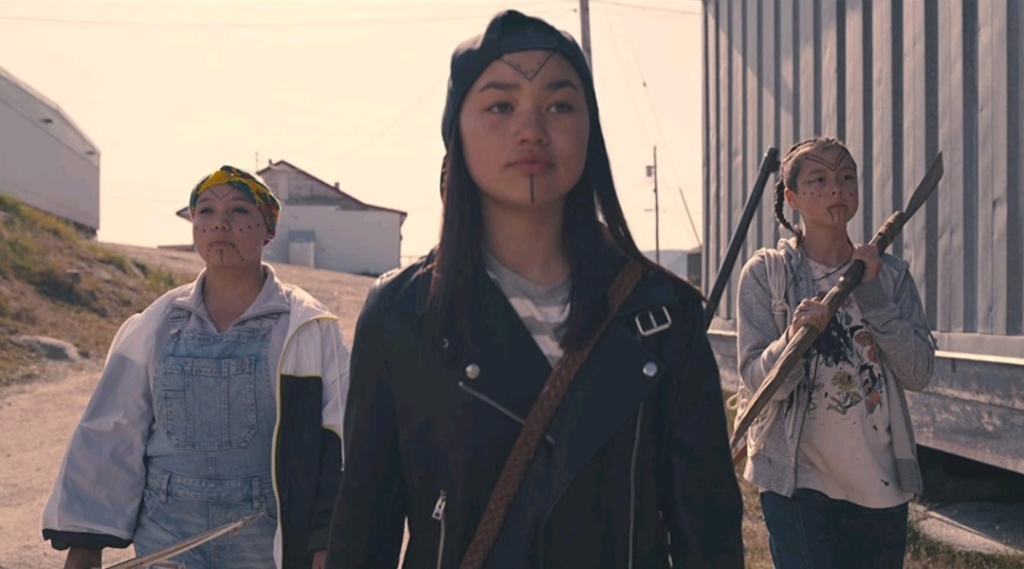
Most horror enthusiasts have, at some point, imagined that they know just enough to survive a horror movie. That arrogant bravado sits classically at the center of Wes Craven’s Scream franchise. Similar horror tropes were explored with chillingly humorous effects in Behind the Mask: The Rise of Leslie Vernon (2006). Truly, horror fans frequently feel that they’ve seen it all.
But what happens when the world of horror that you think you know suddenly finds its way into your backyard? That’s precisely the question that director Nyla Innukshuk’s SXSW science fiction thriller Slash/Back intends to answer as a progressive throwback to what still makes horror infectiously fun.
The film takes place in the quiet island village of Pangnirtung (“Pang” for short) on the day of the summer solstice. It’s the longest day of the year, and – by the time this engagingly delightful motion picture concludes – you’d better believe it.
For too long, Maika (Tasiana Shirley) and Uki (Nalajoss Ellsworth) and their diverse gang of headstrong girlfriends have looked forward to getting out of the fishing community of Pang once and for all. The only respite from the boredom of the secluded town has been their private text messages and the horror movies that promise more adventures than the girls will likely ever know. But after being attacked by a mysteriously transformed bear, the girls become suspicious that their arctic community may be under attack by an alien invasion.
Now – already on their way to a local party – the girls are unceremoniously charged with the task of saving the small world in which they live and that they’ve always imagined leaving far behind.
In establishing itself, Slash/Back skillfully highlights the Inuit people of Nunavut in order to introduce the audience to the universe they’ll inhabit over the course of the picture.
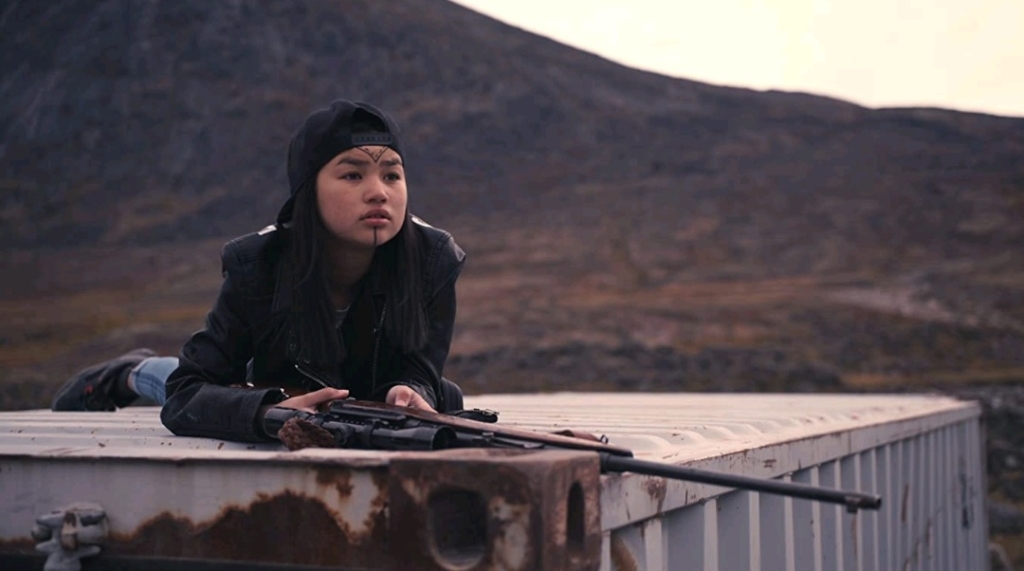
In fact, the viewer is as much an alien to Pang as the otherworldly invaders that hope to conquer it.
Scenes reference Maika’s distaste for “country” (Western mainland – think: Kentucky Fried Chicken) food, demonstrate the hierarchical roles within the family unit, and insinuate the islanders’ inherent distrust of white foreigners. (In Pang, “foreigners” are those Caucasian non-native citizens who have been transplanted into the community for one reason or another).
Strange that the filmmakers only momentarily seize upon the opportunity to draw a parallel between the alien invaders and an unnecessarily aggressive Caucasian police officer who seems to enjoy harassing Pang’s native residents gleefully, but the connection is suggested nonetheless, for those watching closely.
This community has dealt with alien invaders before – and they’ll deal with them again, whether real or metaphorical.
And while Guy Godfree’s cinematography gorgeously captures the consistent overcast chill and fence-like mountains that keep the girls from leaving the Qikiqtaaluk region easily, the better part of the first act spends as much time as it reasonably can inviting the audience into this world until the central conflict can take center stage.
In so doing, the viewer fully understands the protagonists and their motivations so that a sense of genuine peril exists at all times.
With an ensemble cast such as this one, this is not a faceless team of young heroes.
Each character is fleshed out, separate from the others despite the close proximity of their ages.
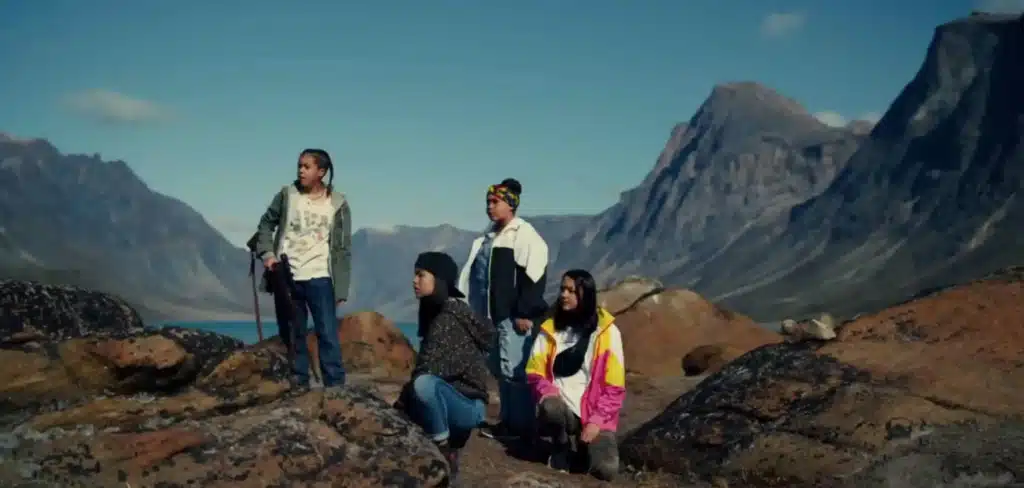
Meanwhile, the production’s practical effects will appear a bit street-level at times, but they’re frequently a welcome change from the artificial CGI that can break the fourth wall of genre films. Some viewers might take issue with the DIY level of production value, but it’s all in service to the irresistible glee of the film because the cast is enough to hold the audience’s attention.
The young female cast is at the heart of the movie’s magic, and it remains clear throughout that as much fun was had in the making of this picture as the audience has fun getting lost in the adventure.
But most importantly, on the heels of Hulu’s wildly successful science fiction survival thriller Prey this year, Slash/Back is a refreshing take on hybrid horror science fiction films, making use of landscapes and people that are uniquely suited to the genre.
Yet the film checks a number of other boxes along the way as well.
Not only a charismatic piece of Indigenous filmmaking, but the film also serves as an alternative bit of coming-of-age storytelling.
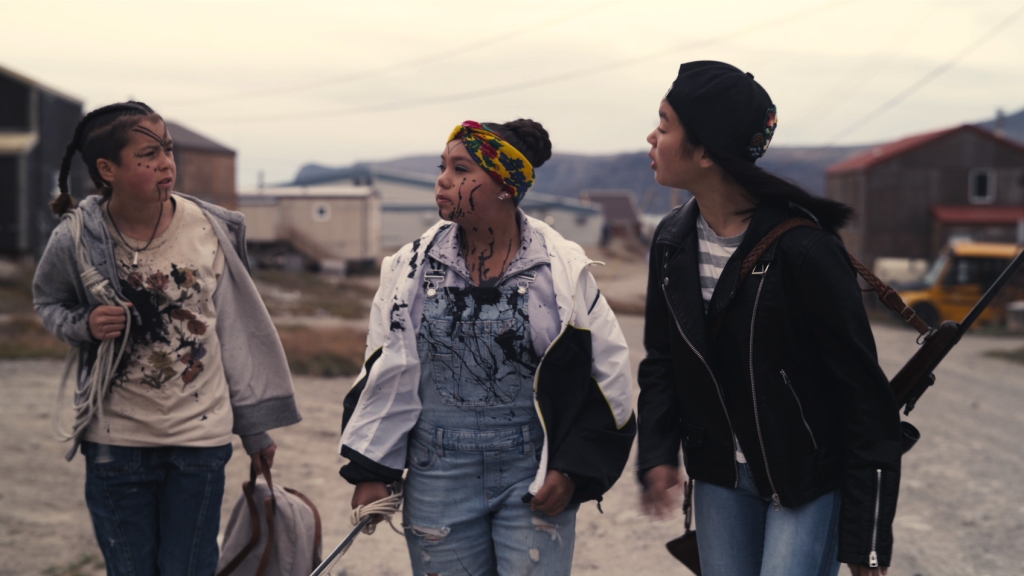
Though the friendships these girls share are not traditionally unconditional, they’re realistically imperfect in their portrayal.
These heroines are also not the traditionally anonymous victims of genre films; rather, they’re willful and forthright, and when they haven’t yet earned the right to their swagger, that right is only a matter of time. Even when given the opportunity to incorporate some so-called masculine strength into their fold in order to defeat the aliens, the girls want little more than that young man’s Honda. They’ve got this.
This is a formidable group of girls, a bit more in keeping with the cast of The Descent (2005) and Black Christmas (2019), and – in this way – the film is also a subtle bit of feminist moviemaking. And even when the film’s direction is uneven, Slash/Back possesses that nostalgic purity reminiscent of The Monster Squad (1987), the story of some disparate friends implicitly asked to become unlikely heroes.
Yet all of these comparisons are not meant to suggest that the film lazily explores ground that was discovered long ago.
In fact, Slash/Back – through its characters, setting, culture, and effects – takes viewers to a place that they likely haven’t had the chance to venture to before with characters they likely haven’t spent time with before, and that’s what makes the film most alluring. That’s precisely what will bring viewers back to Slash/Back for subsequent screenings.
Even if those viewers somehow imagine that they’ve already seen it all.


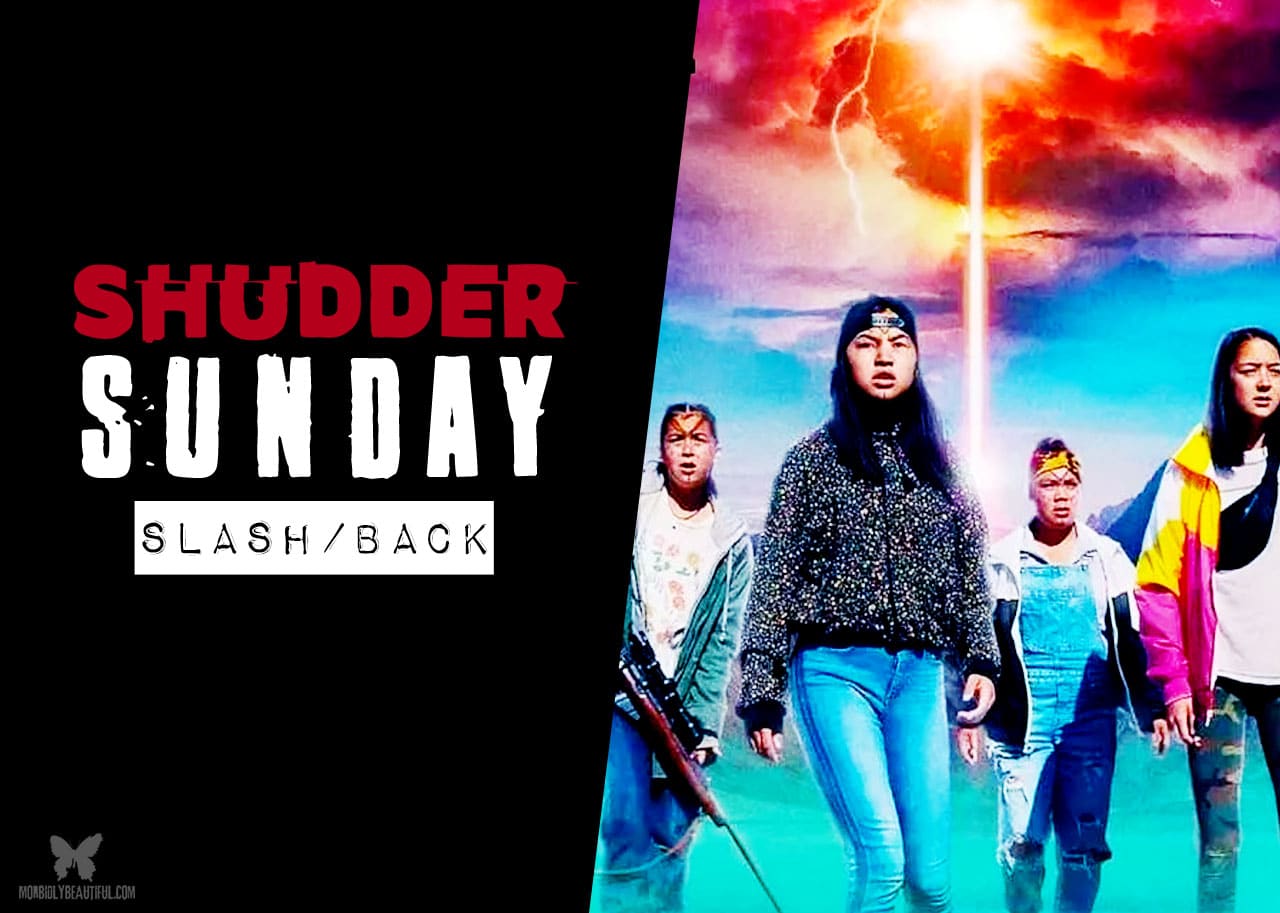
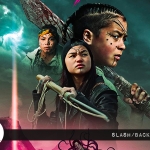




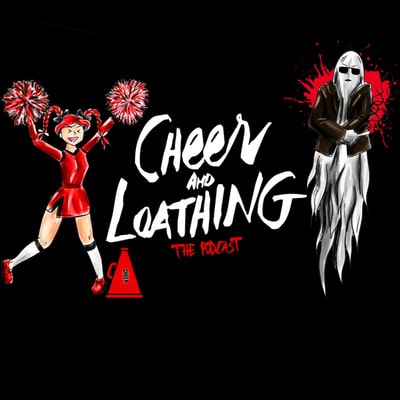






Follow Us!